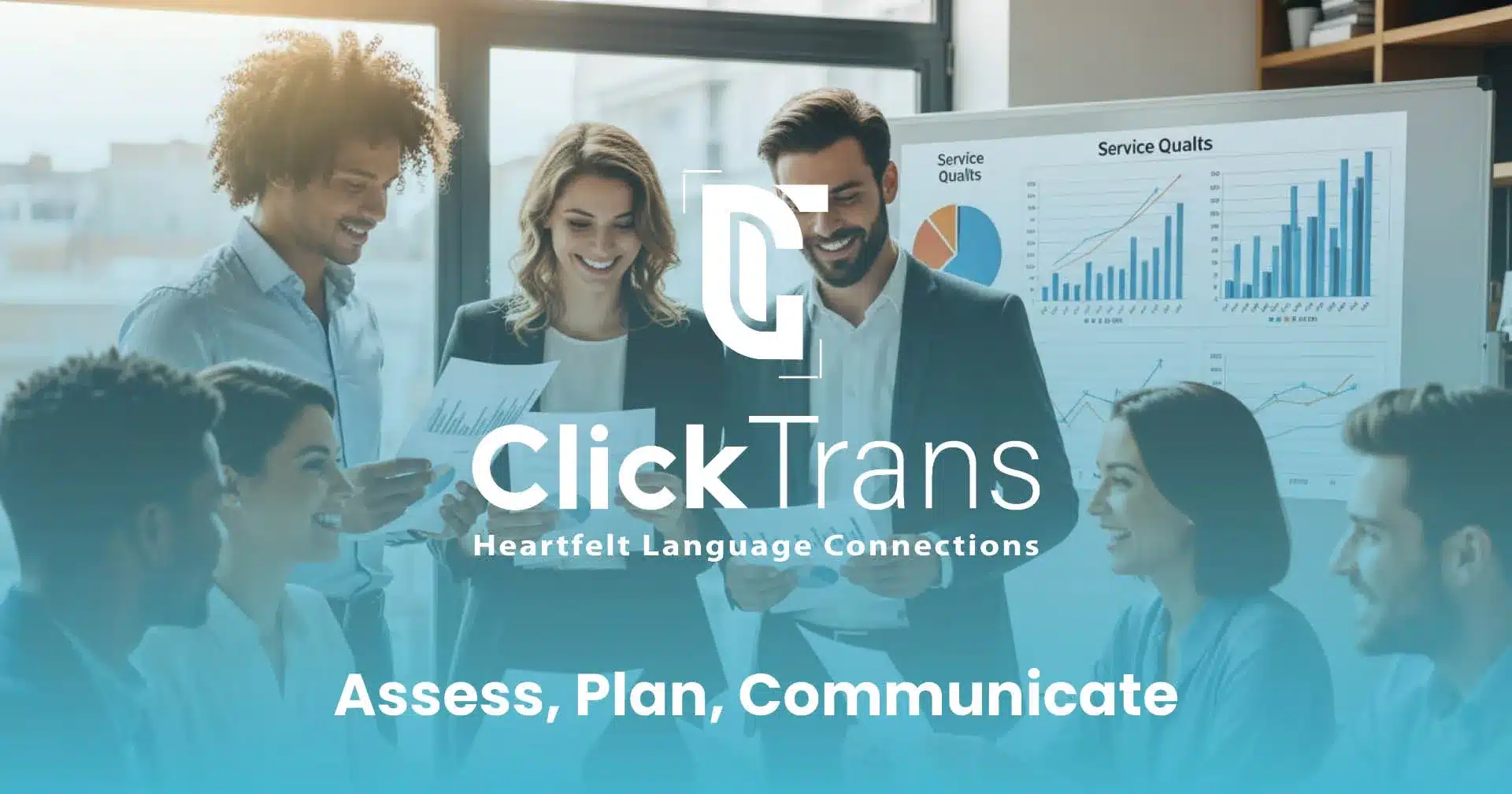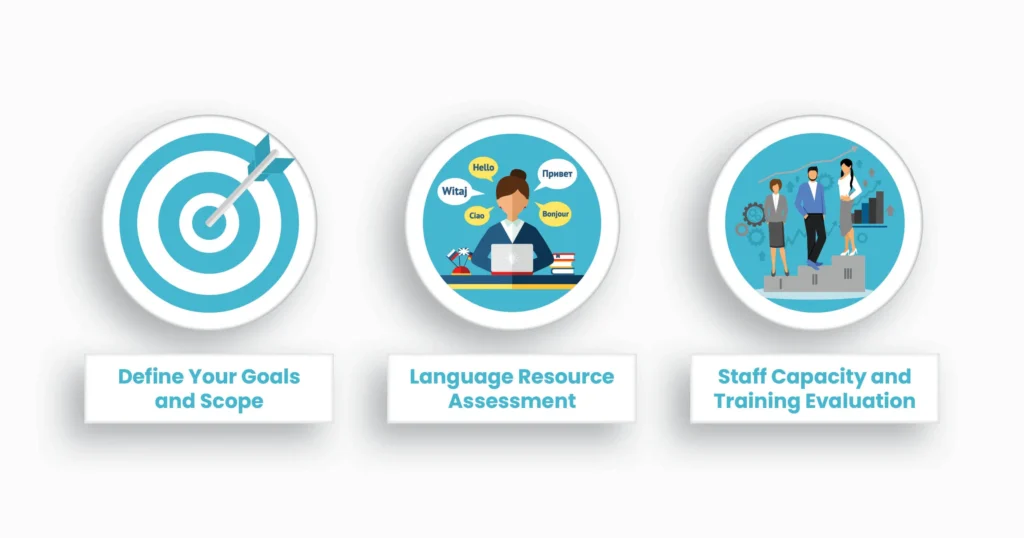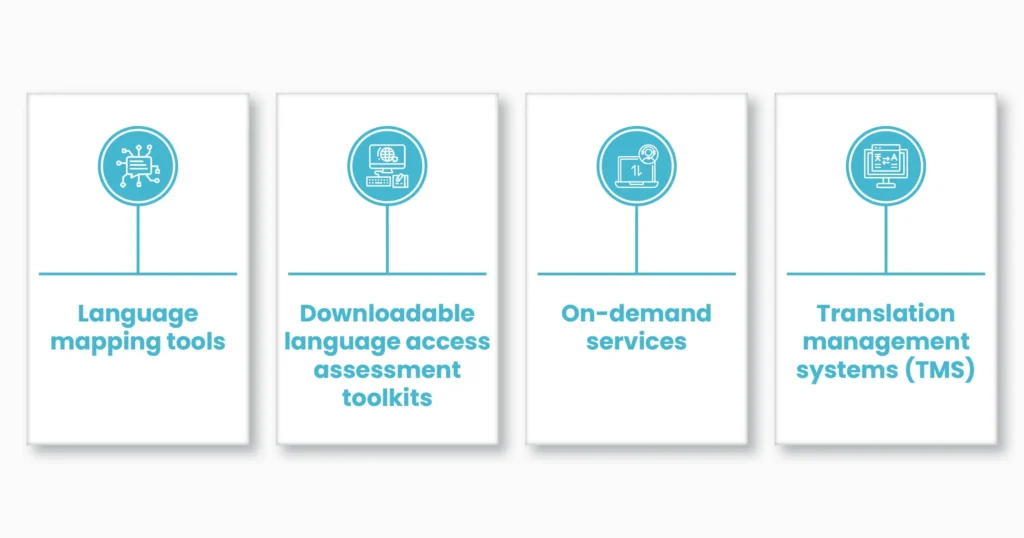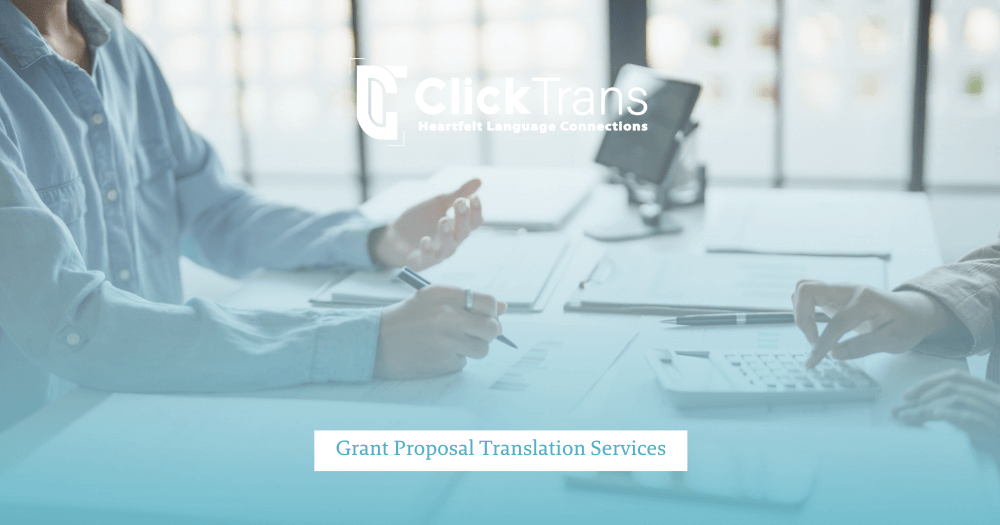Table of Contents
In today’s diverse and multilingual world, organizations must ensure their services are accessible to everyone — regardless of language barriers. Providing equitable, linguistically appropriate support is no longer a luxury; it’s a necessity. A Language Access Assessment and Planning Tool helps you evaluate your current capabilities, identify service gaps, and create a strategic plan to meet the needs of limited English proficiency (LEP) populations.
In this article, we’ll guide you through how these tools can improve your service delivery, strengthen community trust, and support compliance with legal and ethical standards.
What Is a Language Access Assessment and Planning Tool?
Let us first address the elephant in the room. What is a language access assessment and planning tool?While the term may suggest a type of software that helps you assess and plan language access, you should know that it is only partially true.
A language access assessment tool can be a digital platform, but mostly the concept refers to a structured resource (a toolkit) or process that an organization leverages to evaluate their ability to provide services to people with limited English proficiency (LEP).
This toolkit is comprised of several components such as templates, guides, checklists, worksheets, summary tables, and more.
It helps such organizations highlight their weaknesses to improve them and make sure their service is resonant with different cultures and languages
Steps to Conduct a Comprehensive Language Access Assessment
Working systematically is always a recipe for success, so here are some steps to follow that will facilitate comprehensive language access assessment for you.
Define Your Goals and Scope
Start the process by asking yourself a set of questions:
- What is it that I want to assess? Is it the organization at large or just some specific programs?
- What is the drive behind this assessment at this point in time? Am I trying to comply with some laws and community demands or just seeking quality improvement?
- Whom should I pick to helm this assessment?
Remember, clarifying your scope means you will reach solid results.
Language Resource Assessment
Before acquiring new stuff, you should first look at what you already have. This includes the translations your vital documents are available in and whether you have hired services like interpreters to help with LEP customers.
Staff Capacity and Training Evaluation
Evaluate your staff members’ ability to speak other languages and determine how proficient they are. You can use employee language skills self-assessment tools to do the trick for you. While at it, don’t forget to check and see if they are well informed about language access policies and procedures.
How to Use the Tool to Accurately Identify Language Needs
This is an equally important (if not the most important) step to set up a functional plan that improves your LEP services.
In addition to a self-assessment procedure, you should also conduct a study that targets your audience to have a better understanding of the bigger picture. You can do this by chekcing the following:
Number of LEP individuals
Figures and statistics are your best friends when gathering data. See how many of your customers have limited English proficiency and the percentage they represent compared to your total population.
Languages Spoken by Your Population
You should check the range of languages spoken by your customers, using demographic data, intake forms, and/or community surveys.
High-Need Areas for Language Access Improvement
Let’s be honest. You are not running on an unlimited budget, so you should always prioritize. Start pinpointing which areas require urgent improvements based on service frequency and risk level.
Combined with the previous step-by-step process, you are now set to move to the next step to achieve tangible results.
How to Turn Assessment Results into a Practical Language Access Plan
The natural progression of things after an assessment is an analysis to help you develop an actionable language access plan.
Refer to the percentage of the population with limited English proficiency and focus on the areas where interactions are most likely to happen, whether it is a front-desk encounter, intake process, or high-risk services like healthcare or housing.
Use your assessment to determine the gaps. For example, if a large number of your customers speak a certain language, say Japanese, and your materials are lacking in that department, then Japanese-translated material becomes your priority in this area.
Also, as part of your plan, you should provide your workers with language training courses and never hesitate to hire language service professionals to bridge the linguistic gap between you and your clients.
Regardless of the specifics, you should always define roles and a timeline, allocate budget and resources, and decide on a method to track progress.
Tools and Technologies That Support Language Access Planning
Doing all this work manually feels like a chore, doesn’t it? Luckily for you, technological advancements — along with dedicated language access services — rarely leave any territory uncharted these days.
Here are a few technologies that will accelerate the process and ensure reduced energy consumption:
- Language mapping tools allow you to display the geographic distribution of languages spoken within a service area.
- public agencies and nonprofit organizations that seek quick results and cost-friendly solutions. These toolkits include self-assessment checklists, data collection templates, and action plan worksheets among others.
You can explore an excellent example from the U.S. Department of Justice Language Access Assessment and Planning Tool (PDF). - On-demand services like OPI services and video interpretation platforms have made it much easier for you to receive language assistance services that don’t cost much and guarantee quality results.
- Translation management systems (TMS) are the ideal answer to an organization’s ongoing translation needs. They streamline document translation, track version control, and manage vendor workflows, ensuring consistency and compliance.
Best Practices for Using Assessment Tools to Improve Language Services
If you are not sure about the best way to approach your language access service improvement using a language assessment tool, here are our two cents on how to make the most out of them:
Reassess Regularly
Nothing stays the same for good and language needs are not so different. Annual and biannual reassessments keep your plan aligned with current realities and ensure you are always up to date.
Document Changes and Share Results
Keeping records of what’s improved is always a good incentive to keep going. Additionally, don’t forget to share your successes with staff members to help sustain momentum.
Adjust Tools for Your Sector and Scale
Everyone has their own pace and unique needs. This is why it’s most advisable that you customize the tools to reflect the reality of your organization. While the principles stay relatively the same, minor adjustments are definitely needed depending on your situation.
Examples of Applying Language Access Assessment and Planning Tools
Now that you know what a language access assessment tool is and have a basic idea on how to use it, here is a deeper look at some examples to help you see how organizations use them in the real world.
Improving Language Access in a Public Health Department
A health department ran self-assessment relying on a language access checklist and mapping tool to identify high concentrations of LEP patients.
The results revealed that in certain clinics, Arabic and Spanish-speaking patients were underserved due to linguistic barriers. They reallocated interpretation resources and contracted on-demand services, which was reflected in reduced waiting times and improved patient satisfaction.
School District Boosting Family Engagement
A school district implemented an employee language skills self-assessment tool only to find out that several bilingual staff members are underutilized. Their answer to this was to make some minor role adjustments and invest in additional language training.
Their approach showed immense success after boosting parent-teacher communication and increasing attendance at schools’ events on the parents’ part.
Looking for accurate, certified, and fast translations?
Contact us today and request a free quote.
Conclusion
To sum up, a language access assessment and planning tool stands as a quintessential solution that ensures organizations provide linguistically diverse communities with fair access to their services, which makes them indispensable in today’s world.
ClickTrans is a top-tier translation company that focuses on helping LEP communities to facilitate their interaction with all manners of sectors and institutions.
Contact us now and let us help you on your global journey.
Frequently Asked Questions
Who should use language access assessment and planning tools?
Any organization that deals with a linguistically diverse population is advised to use these tools. This includes public agencies, healthcare providers, schools, nonprofits, and others.
Are these tools software or paper-based?
Language access assessment tools can be either. Some of these tools can be found online, while others are printable.
How often should language access assessment be done?
Once every year or two should be the ideal. However, some reassessments can be fueled by major demographic changes, program expansions, or feedback from staff or clients.
What is the difference between a language access plan and an assessment tool?
An assessment tool is about data collection and analysis to determine gaps and needs. A language access plan is the strategy you follow based on the data collected to reach tangible outcomes.
Where can I learn more about legal requirements for language access?
You can explore our detailed overview of language access laws by state to understand how policies differ across the U.S.








